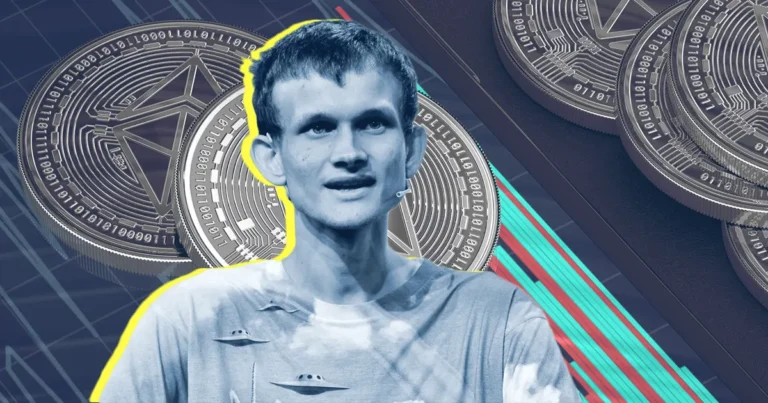28-4-2025 – Ethereum, the cornerstone of decentralised innovation, finds itself at a critical juncture as debates over its scalability intensify, fuelled by the meteoric rise of Layer-2 solutions like Arbitrum and Optimism. Amid growing concerns about the platform’s capacity to meet surging demand, a sharp critique from Cardano founder Charles Hoskinson has ignited fresh scrutiny. Hoskinson, casting a grim shadow over Ethereum’s future, warned that its reliance on Layer-2 networks could lead to its demise within a decade or two, predicting that these solutions will siphon value and drive users toward rivals, potentially even Bitcoin. In a bold riposte, Ethereum co-founder Vitalik Buterin has unveiled a transformative vision to secure the platform’s longevity, proposing a radical Layer-Zero upgrade that could redefine its technical foundations.
Hoskinson’s stark prophecy—that Ethereum risks being overshadowed as Layer-2 platforms drain its vitality—has struck a nerve in the crypto community. He contends that users, lured by the efficiency of alternatives, could abandon Ethereum, leaving it a relic in the face of newer, nimbler blockchains. Yet Buterin, undeterred by the criticism, has countered with a forward-thinking proposal to overhaul Ethereum’s core infrastructure. His ambitious Layer-Zero upgrade seeks to transition the network from the Ethereum Virtual Machine (EVM) to a cutting-edge zkVM system, rooted in the RISC-V architectural standard. This shift promises to deliver a seismic leap in performance, slashing computational cycles by up to 832 times and reducing proving cycles by an astonishing 95.7%.
The potential impact of Buterin’s vision is profound. By harnessing GPU acceleration, the upgrade could boost Ethereum’s throughput by a factor of 30, dramatically enhancing the network’s capacity to process transactions. Furthermore, proof compression could shrink data requirements from a hefty 346MB to a mere 1.5MB, paving the way for a leaner, more efficient system. Such advancements, if realised, could significantly lower transaction fees, making Ethereum more competitive and alleviating the strain that has driven users to Layer-2 alternatives.
While still in its conceptual phase, the Layer-Zero proposal represents a daring bid to future-proof Ethereum, addressing the scalability bottlenecks that have long plagued the platform. By fortifying its base layer, Buterin’s plan could diminish Ethereum’s dependence on Layer-2 solutions, countering Hoskinson’s dire warnings and positioning the network to thrive in an increasingly crowded blockchain landscape.


